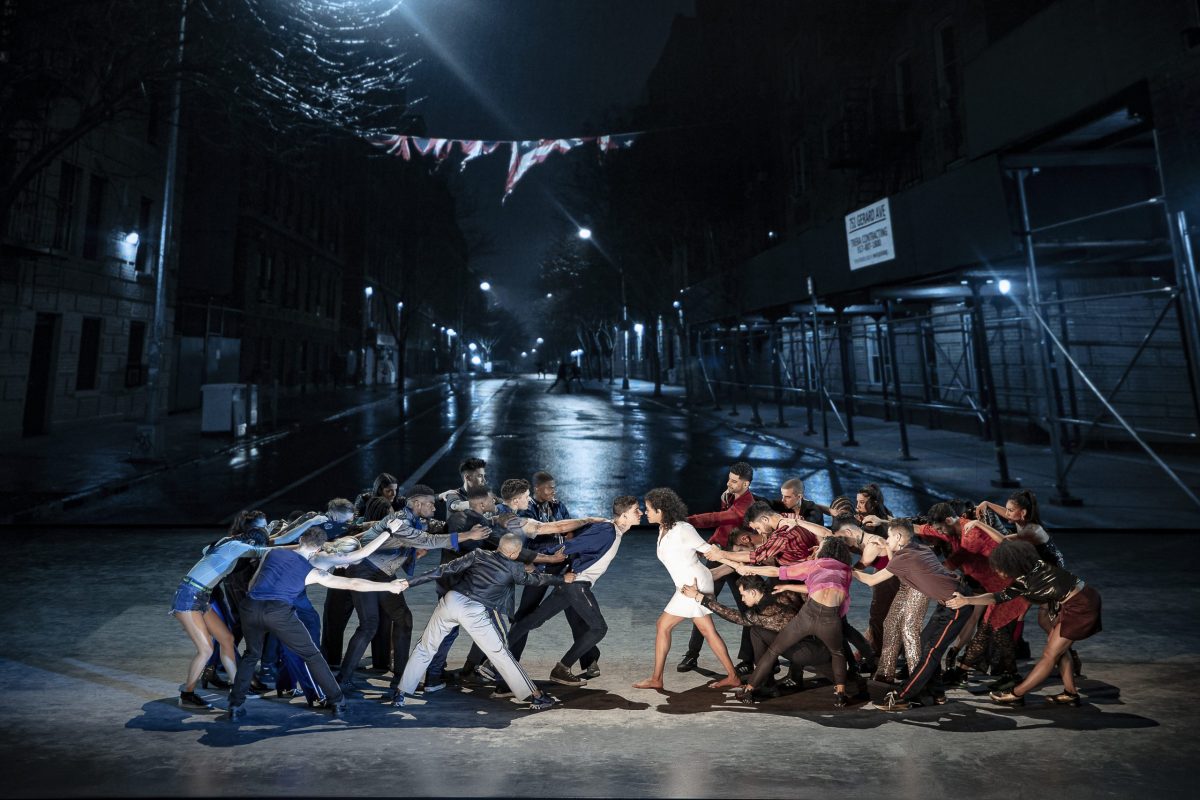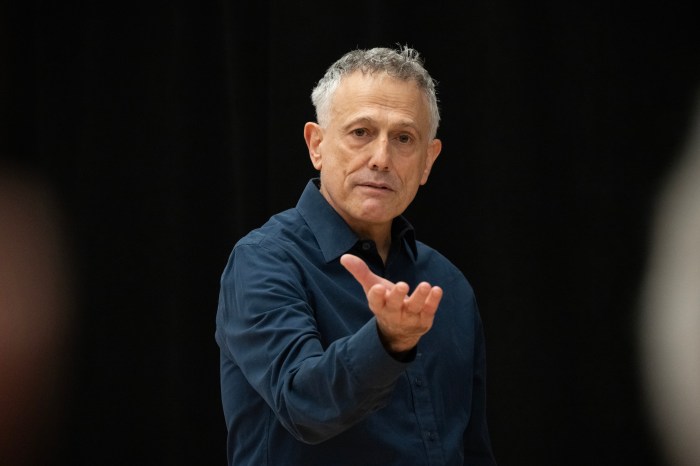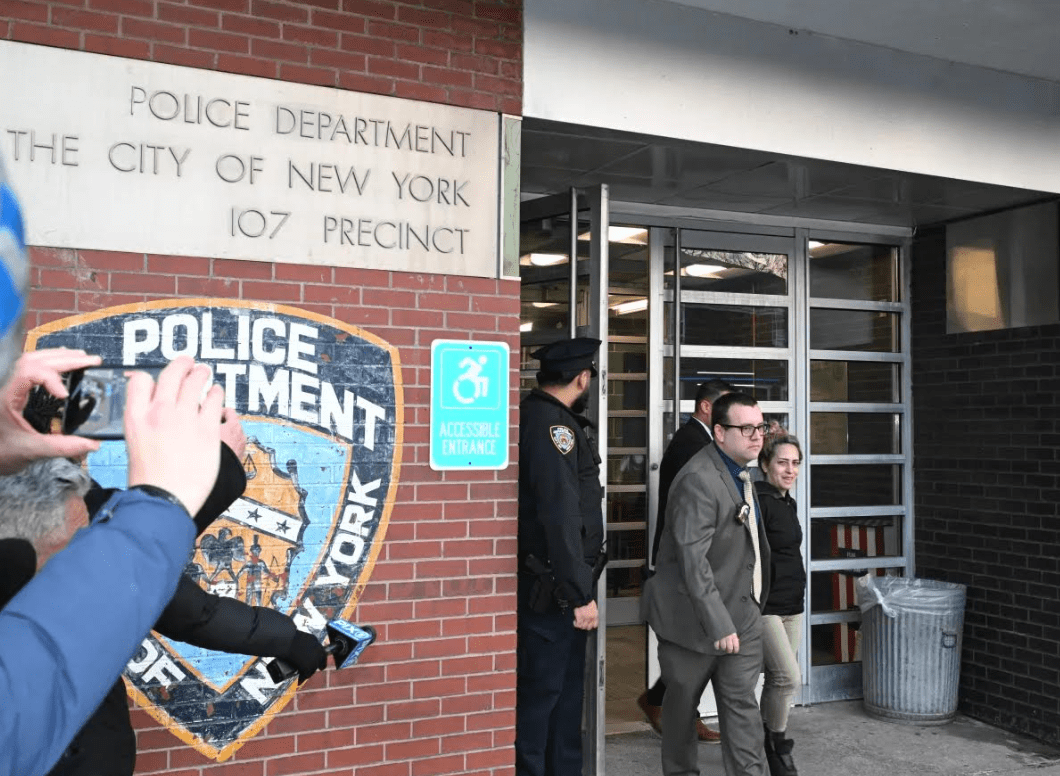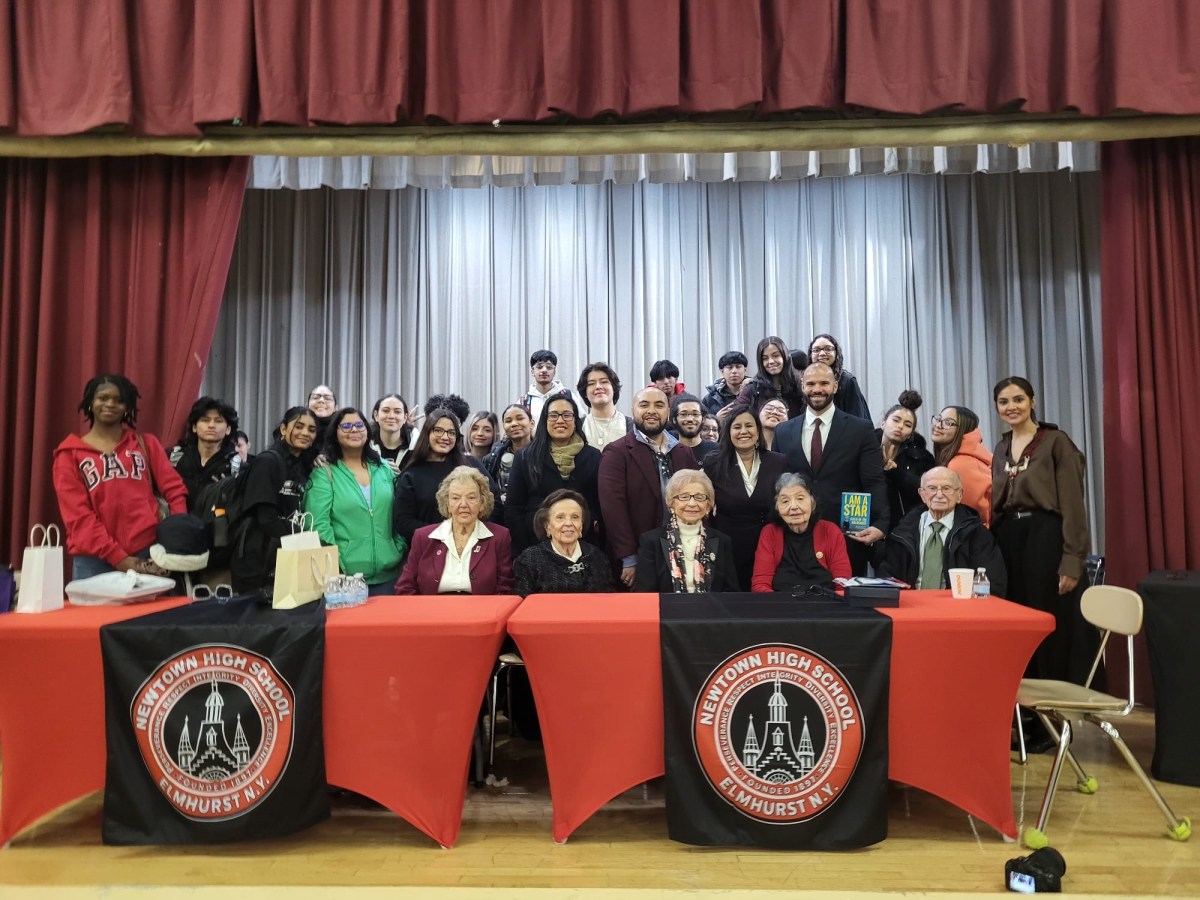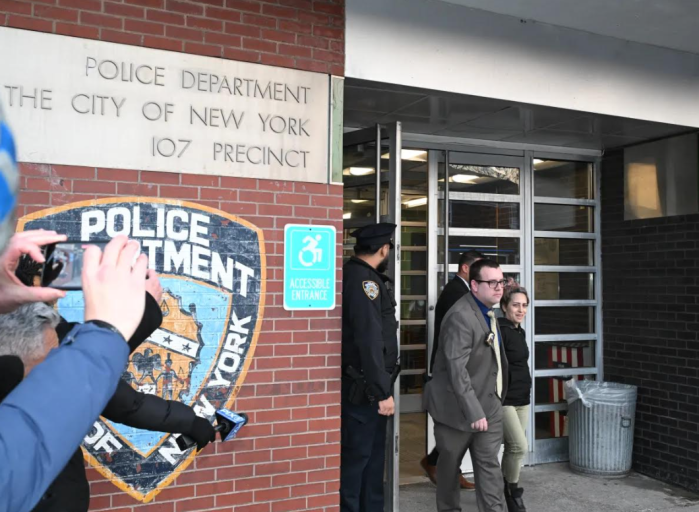I may spend the rest of my life trying to make sense of Ivo van Hove’s reconceived and avant-garde, rough and raw revival of “West Side Story.” In spite of many interesting ideas, it is a muddled, self-conscious, pretentious, humorless, dizzying, bewildering mess, in which the show’s memorable songs and youthful romance get lost in the midst of brutal violence and overwhelming video imagery.
Taking apart “West Side Story” is not a task to be taken lightly – if at all. The 1957 musical (which updates Shakespeare’s “Romeo & Juliet” to the streets of 1950s New York, with American teens in conflict with newly arrived Puerto Rican immigrants of the same age) is a masterwork of dramatic integration involving Jerome Robbins’ glorious original direction and choreography (often reproduced in professional revivals), Arthur Laurents’ lean book, Leonard Bernstein’s dynamic and often dissonant music and Stephen Sondheim’s youth-capturing lyrics.
van Hove has become an unlikely Broadway regular in recent years, as seen in his hit productions of “A View from the Bridge” and “Network.” He brings his experimental, multimedia-heavy aesthetic to “West Side Story” – along with new dance choreography by Anne Teresa de Keersmaeker. By comparison, a 2009 Broadway revival of “West Side Story” generated controversy for merely translating a few lyrics into Spanish.
The production’s lengthy preview period (originally scheduled for two months, likely to allow time to experiment) was extended an additional two weeks after leading man Isaac Powell (Tony) injured his knee. Ben Cook, who played Tony’s pal Riff, also got injured and was replaced.
The musical has been relocated to a contemporary urban environment, in which the multiethnic actors are covered in facial tattoos denoting their gang affiliations (i.e. Jets or Sharks). van Hove has removed the intermission, an entire song (“I Feel Pretty”), the “Somewhere” ballet and all that iconic finger snapping. “America” has been replaced with the version of the song from the 1961 film.
Video footage (often showing scenes set at the very back of the stage in close up) is constantly projected onto the set as if it were a giant movie theater screen, towering over the cast and disrupting the narrative. Slow motion images of the Jets proudly roaming the streets during the “Jet Song” looks ridiculous. Images of arrests, court and prison turn “Gee, Officer Krupke” into an angry protest song instead of comic relief.
The new choreography is full-bodied and flashy and reminiscent of kickboxing and mixed marital arts. With the exception of a few standout moments (such as Tony and Maria being literally pulled away from each other by their peers in “Tonight”), it is not as tied to character and plot – or as aesthetically stunning, for that matter – as the original Robbins choreography.
Amar Ramasar (Bernardo) and Yesenia Ayala (Anita) turn the dance break of “America” into the production’s most exhilarating production number. (Owing to a scandalous incident involving nude photo sharing, Ramasar has been the subject of occasional demonstrations from protestors outside the theater.)
In contrast to Powell’s tender and dazed Tony, Shereen Pimentel’s Maria is assertive and sexual. As Riff, Dharon E. Jones suggests that the character’s cocky attitude masks feelings of insecurity – and that Riff’s attachment to Tony goes beyond mere friendship.
All things considered, “West Side Story” could end up becoming the must-see cultural event of the year for those who like divisive art. See it if you dare. And if necessary, recuperate afterwards by watching the Oscar-winning 1961 film version.
“West Side Story” plays an open run at the Broadway Theatre. 1681 Broadway, westsidestorybway.com.
2.5 stars



